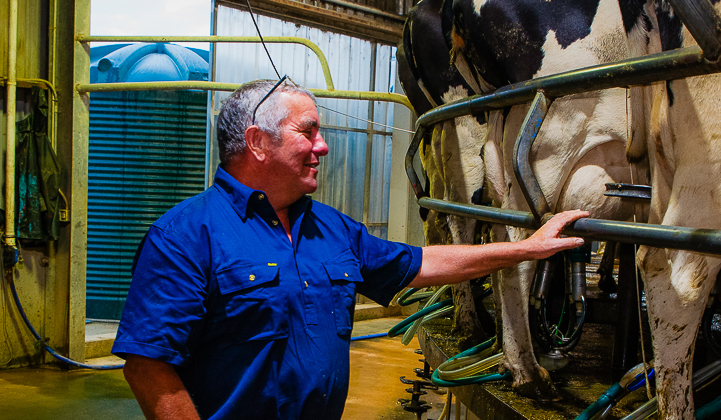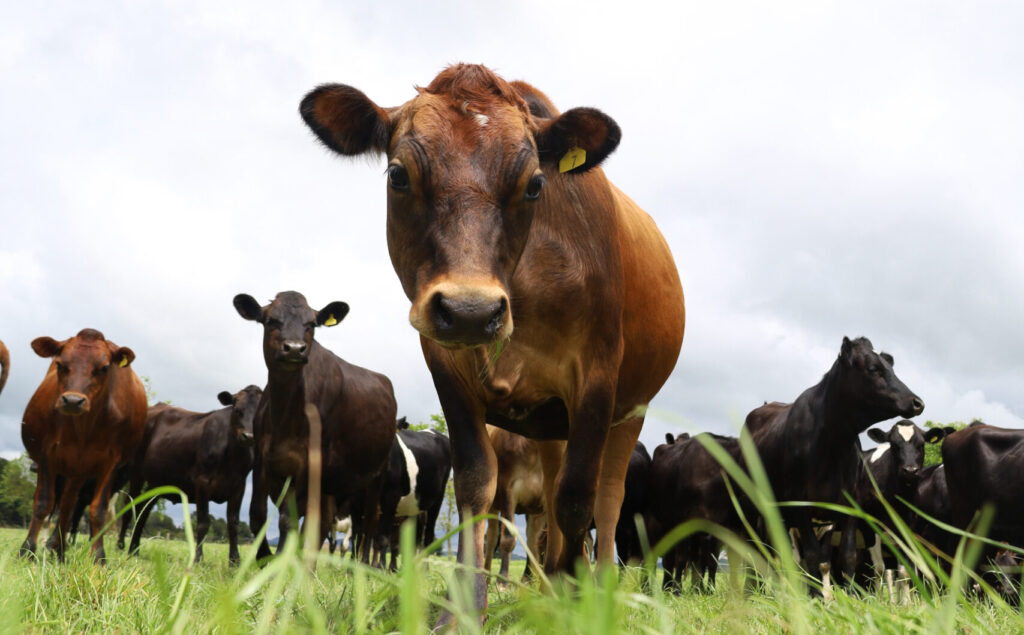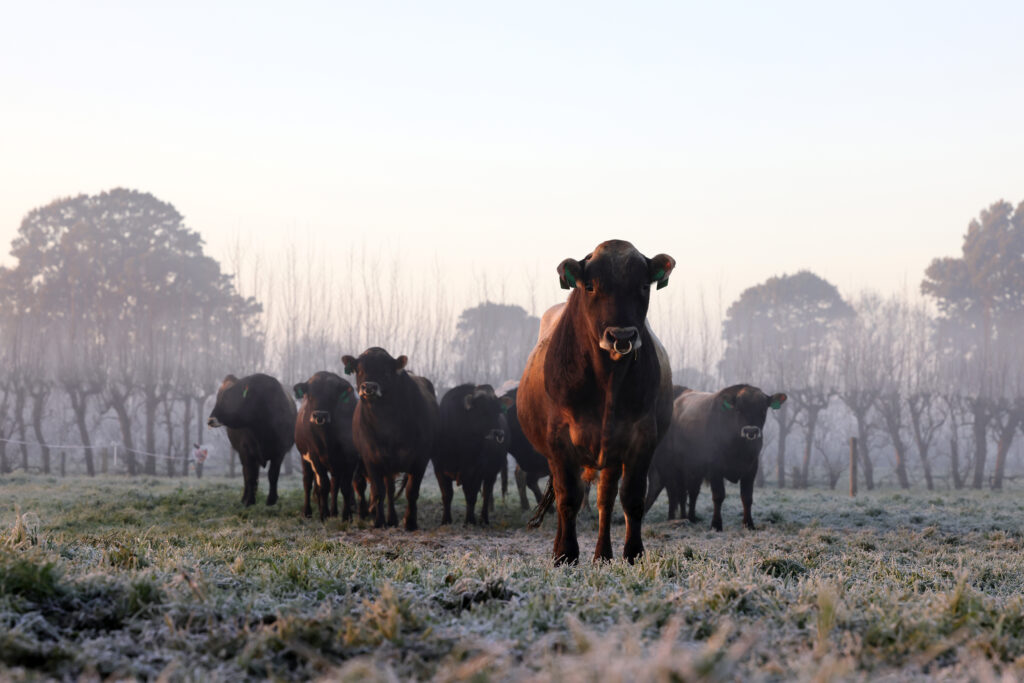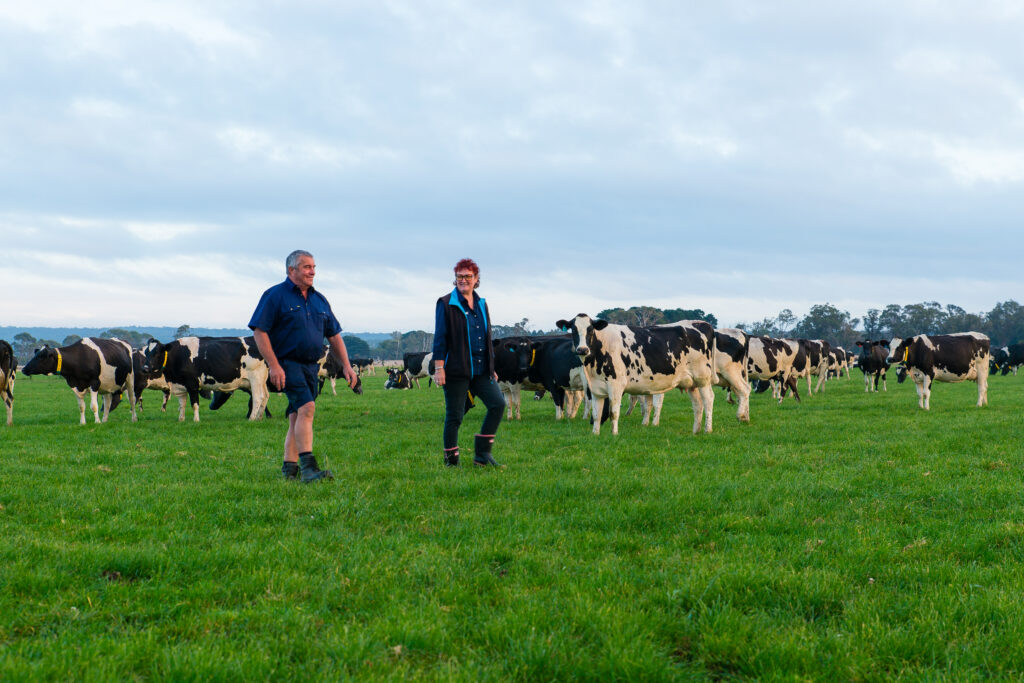Breeding more efficient animals could help unlock profitability and environmental gains for Tasmanian dairy farmers. A new project, led by DairyTas and supported by LIC, the Tasmanian Government Serve-Ag, and others, investigated how the Tasmanian dairy industry could reduce carbon emissions via the project – The 10 Steps.
Central to the findings was the need to breed a cow which produces high milk solids relative to its liveweight, while lasting longer in the herd. The research suggested a milk solids target of 90-100% of liveweight.
Information used in the project from New Zealand’s Lincoln University Dairy Farm showed a 12 per cent reduction in emissions from milking fewer, higher producing cows, reducing supplement, nitrogen fertiliser inputs and improving pasture management.
The 10 Steps project was a first for the Australian dairy industry and it drew on research from across the Tasman, specifically the HoofPrint® breeding index developed by LIC.
The HoofPrint® index allows farmers to select bulls based on their predicted ability to generate daughters which produce less methane and nitrogen per kilogram of milk solids over the animal’s entire life.
Dr Brown said tapping into the New Zealand dairy industry not only provided access to world-leading research, but this science was also applicable for Tasmania because of climate and farm system similarities.
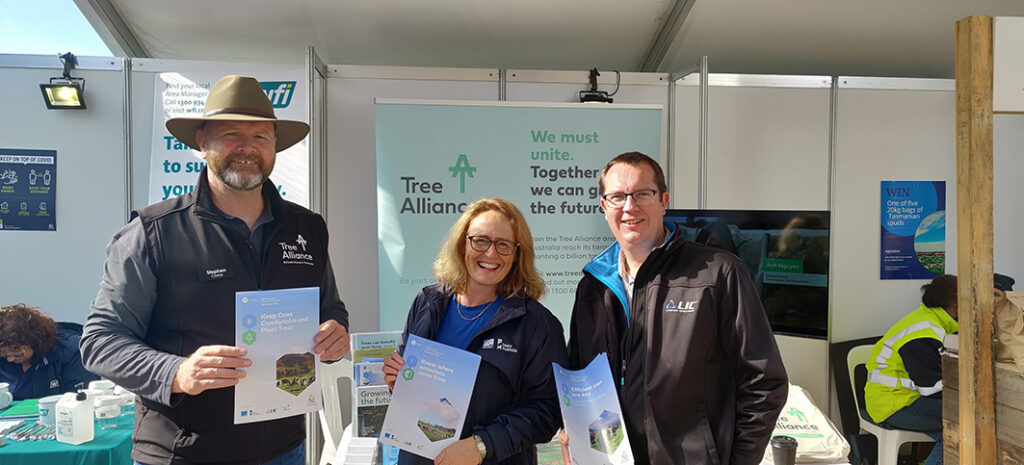
Download the 10 step guide to reducing carbon footprint of Tasmanian Dairy
As part of this project LIC would like to acknowledge the support and assistance from Dairy Australia, Tas Dairy, Tree Alliance, Tasmanian Govt.
